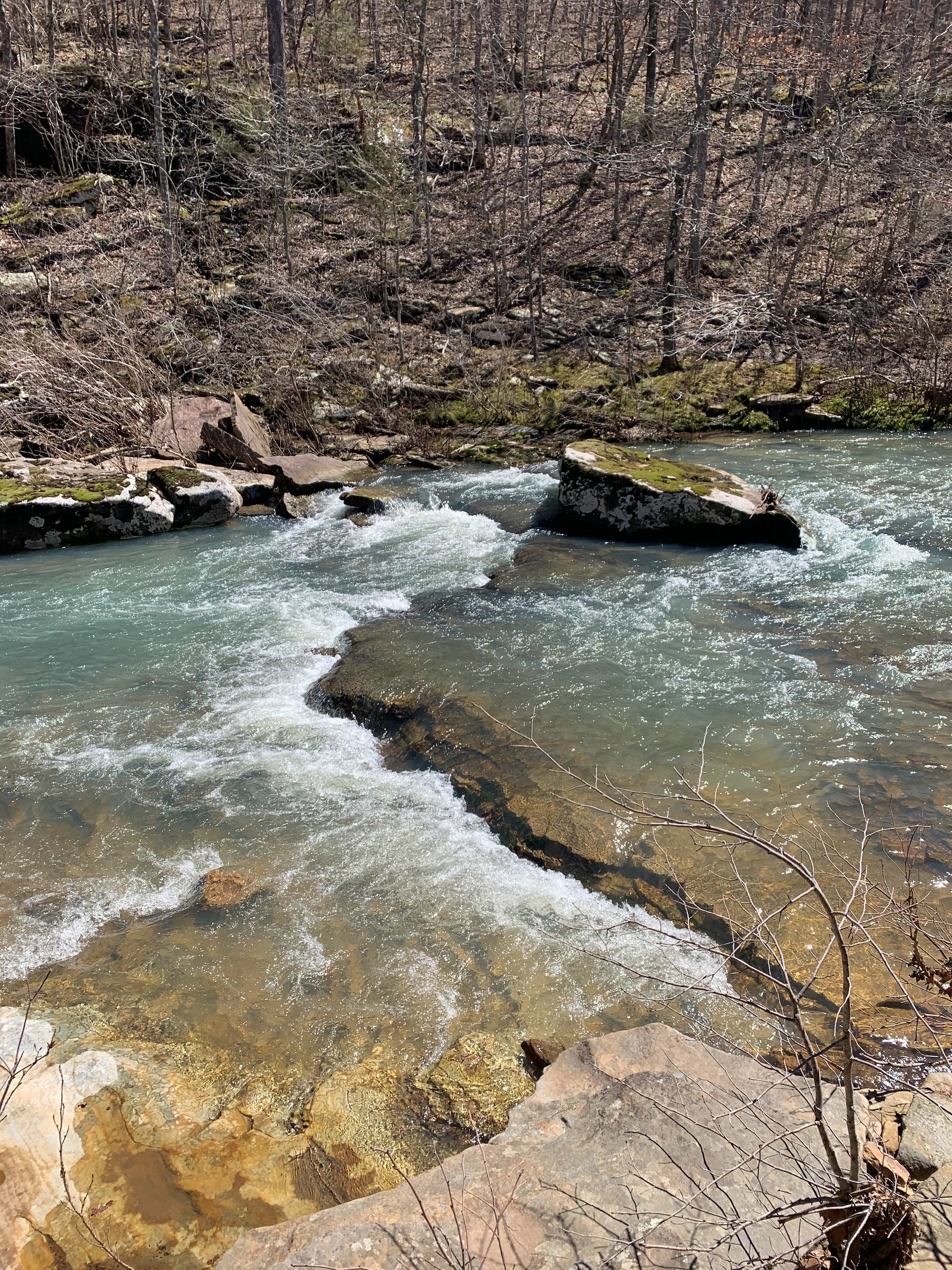Prioritizing Chinook Salmon Habitat Restoration for Southern Resident Killer Whale Recovery

Southern Resident Killer Whales (SRKW) (Orcinus orca) have environmental, economic, and cultural importance to the Puget Sound region of Washington State. The endangered species’ 60-year population decline to 74 individuals strongly correlates with the dwindling of their main prey base, the endangered Chinook salmon (Oncorhynchus tshawytscha). Although multi-agency efforts have directed billions of dollars to address Chinooks’ primary threat – spawning habitat degradation – recovery projects have been largely unsuccessful due to misalignment with ecological needs. To compare economic inputs with population outputs, we estimated the cost-effectiveness of three common restoration interventions: floodplain restoration, riparian planting, and engineered log jams in the Stillaguamish River basin of the Puget Sound. We used cost-estimate models to predict restoration costs, along with NOAA’s Habitat Assessment and Restoration Planning (HARP) model to predict increases in spawning-age Chinook resulting from restoration. We also examined local demographics and the agricultural land acquisition costs to weigh project feasibility and social impacts. While restoration costs and benefits varied by subbasin, our results determine that floodplain restoration would generally produce the highest number of spawners for the lowest cost, with an average cost-effectiveness ratio of $25,345 per spawner. Although implementing engineered log jams or riparian planting may offer short-term benefits, these less permanent actions are less cost-effective than floodplain restoration. Our methodologies provide restoration managers with a comparative framework to efficiently select Chinook habitat restoration projects, thereby improving SRKW recovery.
Acknowledgements
UC Santa Barbara Bren School: Andrew Plantinga, Professor; Ashley Larsen, Associate Professor; Bruce Kendall, Professor; Casey O’Hara, Lecturer
National Oceanic and Atmospheric Administration: Tim Beechie, Supervisory Research Fish Biologist; Elizabeth Holmes Gaar, Regional Habitat Program Leader; Chris Jordan, Mathematical Biology and Systems Monitoring Program Manager; Laura Koehn, Fish Biologist; Megan Wallen, Marine Mammal Specialist; Jonas Veazey, Marine Habitat Resource Specialist
The Nature Conservancy: Emily Howe, Aquatic Ecologist; Jessie Israel, Puget Sound Conservation Director; Lynn Scarlett, Managing Director for Public Policy
Washington Office of Conservation and Recreation: Jessica Fish, Data Consultant; Chantell Krider, Data Specialist